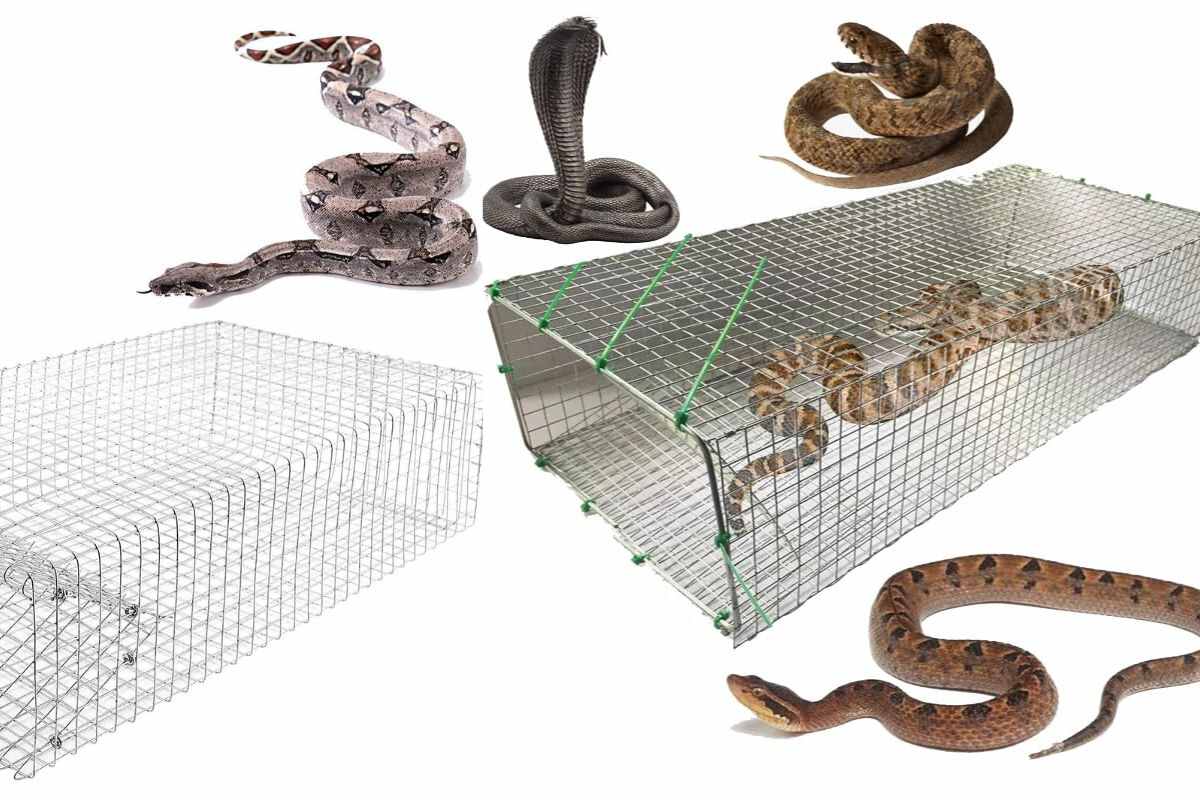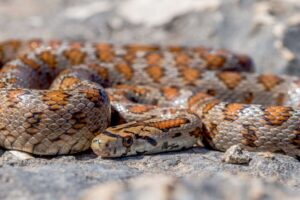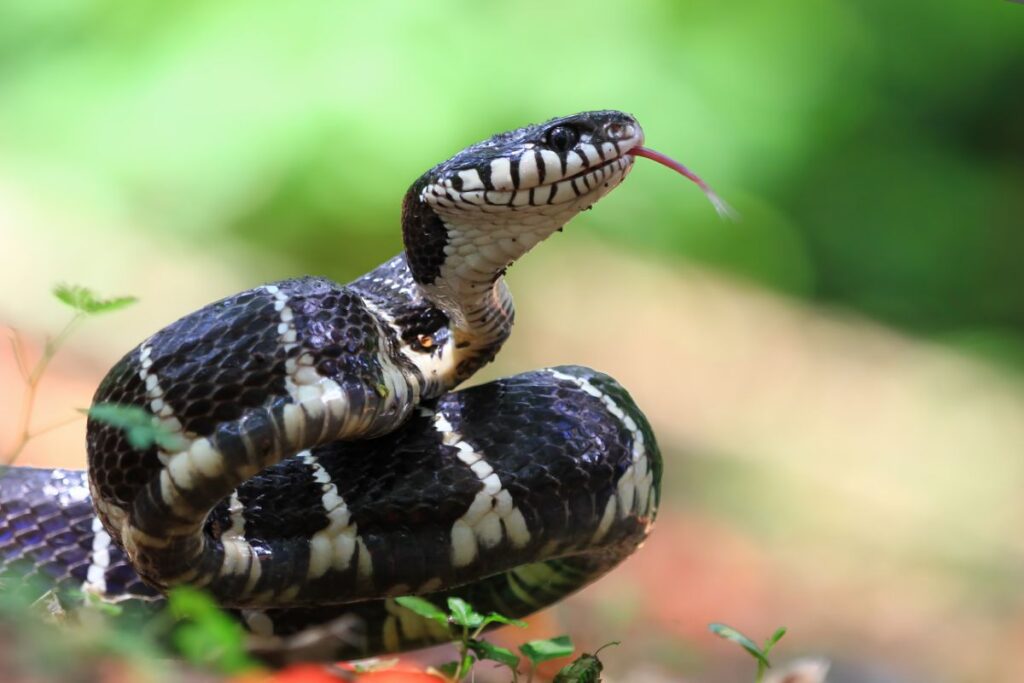Few things cause a more visceral reaction than encountering a snake slithering through your yard. Whether dealing with venomous species or trying to prevent a surprise encounter, maintaining control over your outdoor space is essential. This guide delves into how homeowners can protect their yards from unwanted reptiles, focusing on an ultimate solution—snake traps. From understanding the behavior of these cold-blooded creatures to selecting the right trap, we’ll cover every aspect of keeping your property snake-free.
Why Snake Control is Essential for Homeowners?
Snakes play a critical role in the ecosystem by controlling rodent populations, yet they pose real dangers when encroaching on human spaces. Venomous species, in particular, present significant risks, especially to children and pets. For many homeowners, the goal is not to eliminate all snakes but to manage their presence effectively, ensuring safety while maintaining ecological balance. Ignoring a snake problem can lead to an infestation, increasing the risk of a dangerous encounter and creating persistent anxiety that disrupts outdoor enjoyment. Snakes are cold-blooded, seeking warmth from the sun or shelter from the heat during hotter months. They are also opportunistic feeders, drawn to areas with abundant prey such as rodents, insects, and birds. Yards with dense vegetation, piles of debris, or accessible water sources offer ideal environments for snakes to hide and thrive.
Some of the most common species you might encounter vary depending on location. For example, in North America, copperheads and rattlesnakes are of concern, while in Australia, deadly species like the Eastern Brown Snake can lurk near homes.
How Do Snake Traps Work?
First, it’s essential to identify the type of snake you’re dealing with. The snake’s size, behavior, and diet can help you determine the most suitable trap. For example, a small trap won’t be effective if you have a giant python living under your house. Once you’ve selected the appropriate trap, place it where the snake has often been spotted. For example, if the snake frequently appears in your garden, that’s where the trap should go.
To lure the snake into the trap, you’ll need bait. Some traps come with their bait, explicitly designed to attract snakes. While it may seem unappealing to humans, the lure is irresistible to snakes. You’ll need to provide your own for traps that don’t include bait. Common and effective baits include chicken eggs and small animals such as mice or rats, which are high on a snake’s food chain. The next step is simple. Place the trap, with the bait inside, where the snake is likely to hide and wait for it to take the bait.
Will the Snake Be Harmed in the Trap?
While many people may believe that the only good snake is a dead one, it’s important to note that in some countries, such as Australia, it is illegal to kill a snake unless it is in self-defense. Despite their fearsome reputation, snakes don’t choose to be frightening, so treating them inhumanely is unnecessary. Fortunately, most snake traps are designed to capture, not harm, the snake. Even adhesive traps, which use glue to hold the snake, are usually safe—the glue can be washed off without causing long-term harm. These traps aim to safely capture the snake so it can be relocated far from your home.
Understanding Snake Habitats
Identifying Snake-Friendly Environments in Your Yard
Identifying potential snake habitats within your yard is the first step in snake control. Snakes are naturally drawn to areas with cover, food, and moisture. Tall grass, overgrown shrubs, wood piles, and even clutter such as garden equipment can serve as hiding spots for these stealthy creatures. Moreover, if your yard is near a natural body of water or dense forest, the likelihood of encountering snakes increases, as these are environments where snakes often thrive.
The Importance of Knowing Local Snake Species
It’s essential to familiarize yourself with the snake species native to your area. Not all snakes are dangerous, and many are harmless, even beneficial. Understanding the difference between venomous and non-venomous species can help you confidently approach snake control. For instance, knowing how to identify a rattlesnake versus a garter snake can inform your decision on the trap or preventive measures needed.
Preventive Measures
Landscaping Tips to Discourage Snake Activity
One of the most effective ways to deter snakes is through strategic landscaping. Keeping grass mowed and vegetation trimmed minimizes the hiding spots available to snakes. Adding snake-proof fencing, ideally with fine mesh or solid barriers that extend a few inches into the ground, can also prevent snakes from entering your yard. Clearing away piles of leaves, wood, or rocks removes the appealing shelter spots that snakes love to inhabit.
Reducing Attractants: Water Sources, Shelter, and Food
Snakes are drawn to yards that provide them with food and water. Eliminating standing water or dripping hoses, controlling rodent populations, and securing bird feeders can greatly reduce the chances of attracting these reptiles. Additionally, sealing any gaps or holes in your home’s foundation or shed can prevent snakes from finding indoor shelter.
Types of Snake Traps
Humane Traps vs. Lethal Traps: Pros and Cons
When it comes to snake traps, the choice between humane and lethal options is pivotal. Humane traps capture snakes without harming them, allowing for safe relocation. These traps are ideal for homeowners who wish to protect the local ecosystem while keeping their yards safe. On the other hand, lethal traps kill the snake upon capture, which may be a necessary measure when dealing with dangerous or invasive species. However, lethal traps can pose risks to pets or unintended wildlife, so careful consideration is required.
Ready-Made vs. DIY Snake Traps: Which is Better?
Ready-made traps are widely available and come in various designs tailored to different types of snakes. These traps are often more reliable and effective for those unfamiliar with snake control. However, homemade traps can be an economical and customizable solution for the DIY enthusiast. Using simple materials like PVC pipes or buckets, you can craft a trap that suits your yard’s unique layout. The downside of DIY traps is that they may need more precision and effectiveness of professionally made options.
How to Choose the Right Snake Trap
Factors to Consider: Snake Species, Trap Size, and Yard Layout
Choosing the right snake trap depends on several factors. First, consider the species of snake you’re targeting—more giant snakes require bigger traps, while smaller species may escape if the trap’s design is too loose. The layout of your yard also plays a role; a flat, open area may require different traps compared to a densely vegetated garden. Lastly, consider how much time you can devote to monitoring the trap, as some require daily checks to prevent captured snakes from dying due to exposure or lack of food.
Eco-Friendly and Humane Trap Options
For homeowners concerned with environmental sustainability, eco-friendly and humane traps are available. These traps are often made from biodegradable or recyclable materials and ensure the snake’s safety until it can be relocated. Some traps use natural attractants rather than chemical bait, further reducing the ecological footprint of your snake control efforts.
Step-by-Step Guide to Setting a Snake Trap
Safety Precautions Before Setting a Trap
Safety should always come first when dealing with snakes. Wear defensive gear, such as boots and gloves, to make less the risk of being bitten. It’s also wise to have snake venom treatment or emergency contact numbers readily available, especially if you’re handling venomous species. Before placing any trap, ensure that children and pets are kept from the area.
Strategic Trap Placement: Maximizing Your Trap’s Effectiveness
The effectiveness of your trap largely depends on its placement. Snakes travel along the edges of walls, fences, and other structures, so positioning the trap in these areas increases the chances of success. Placing traps near known hiding spots or along frequently used paths will also improve capture rates. Set multiple traps around your yard to cover different snake entry points.
How to Lure Snakes into Traps: Baiting Techniques
Baiting the trap is essential for enticing snakes. Some traps are designed to use live or dead bait, such as rodents, while others rely on scent-based attractants. Insect pheromones or small amounts of food can also work to draw snakes into the trap. Choosing bait appropriate to the snake species you’re targeting is essential, as not all snakes are attracted to the same food sources.
What to Do After You Catch a Snake
Safe Snake Handling and Removal Practices
After capturing a snake, handling it safely is crucial. Even non-venomous snakes can bite if provoked. Long-handled tools such as snake tongs are used to transfer the snake from the trap to a secure container. If you intend to release the snake, choose a location far from residential areas, ideally in a natural habitat where it can live safely without posing a threat to people.
How to Relocate or Dispose of Captured Snakes
Relocating the snake is the next step for those who choose humane traps. Ensure you release the snake at least a mile from your home to prevent it from returning. If the snake is venomous and lethal traps were used, dispose of the carcass properly, not exposing yourself to venom.
Maintaining a Snake-Free Yard
Routine Yard Maintenance for Long-Term Snake Prevention
Once you’ve dealt with the immediate snake problem, ongoing yard maintenance is necessary to keep your property snake-free. Regularly mow the lawn, trim bushes, and remove debris to eliminate hiding spots. Continually check for potential attractants, such as standing water or excessive rodent activity, which may draw snakes back to your yard.
Monitoring and Maintaining Traps for Continued Success
Even after removing the initial threat, it’s wise to keep traps in place as a precautionary measure. Inspect and maintain them regularly, replacing bait or adjusting placement as needed. A vigilant approach ensures that new snakes entering your yard are dealt with quickly before they become a problem.
When to Call Professional Help
Recognizing When DIY Solutions Aren’t Enough
Sometimes, despite your best efforts, snake problems can persist. If you’re facing repeated snake sightings or encounters with venomous species, it may be time to call in professional pest control. Experts can offer more advanced trapping solutions and pinpoint entry points or attractants you may have missed.
Hiring Pest Control Specialists for Advanced Snake Problems
Professional pest control specialists have access to specialized equipment and possess the expertise to handle even the most severe infestations. Whether you need help removing a venomous snake or require long-term yard treatment, they can provide peace of mind that your snake problem will be resolved efficiently and safely.
Conclusion
Snakes can be formidable intruders in your yard, but you can maintain control with the proper knowledge and tools. By understanding snake behavior, selecting the proper traps, and employing preventive measures, you can safeguard your property and enjoy your outdoor space worry-free. Keep in mind that consistent maintenance and attention are essential for long-term success, and don’t hesitate to seek professional assistance if necessary. Protect your yard, protect your family, and stay snake-free!





















